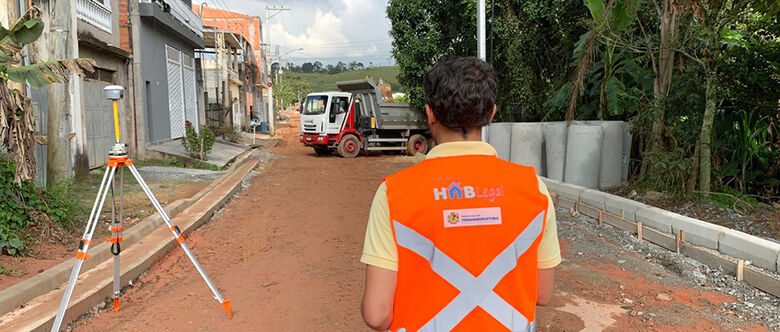
Urban Land Regularization Program in irregular areas in Santa Izabel do Pará (PA)
Urban development, tax increase, expansion in the implementation of public policies and increase in the quality of life of residents in these areas.

Dialogues with Brazil.
August 28 to September 1 2023, Berlin, Germany
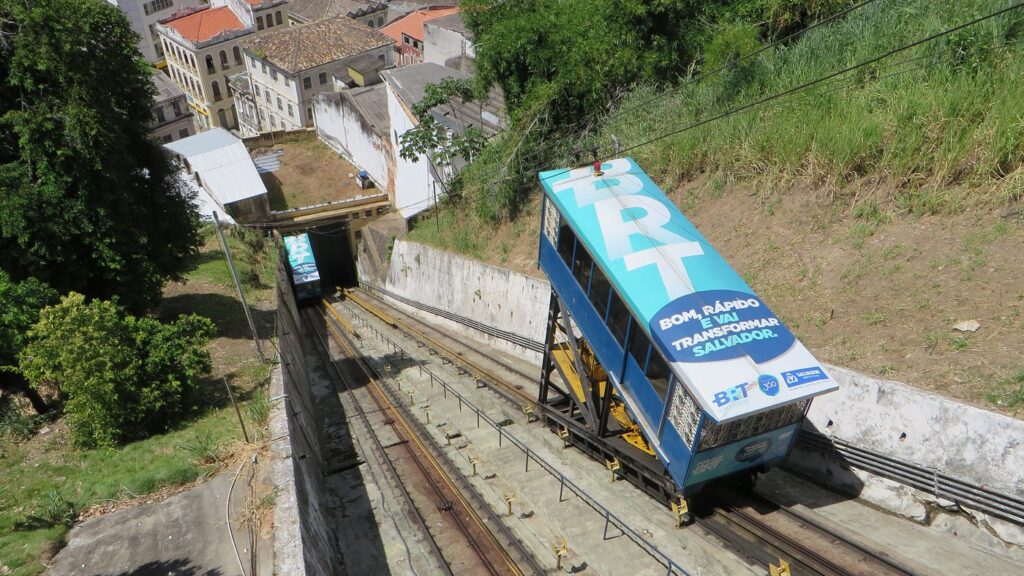
Inclusive public transport and mobility
Social inclusion, improvement of quality of life, growth of income by acessing more jobs and connecting marginalized areas with formal city.
The “Teleférico do Subúrbio Ferroviário” (TSF) Project will provide safe, comfortable and environmentally sustainable transportation for the population of one of the poorest areas of the city: the Mané Dendê River basin, located in the Subúrbio Ferroviário de Salvador. The TSF will directly serve the residents of the basin (approximately 70,000) and, indirectly, the residents of the entire Suburb (approximately 700,000) who will have, in this new modal, a mobility alternative in a region that has historically suffered from transport deficits. infrastructure and road “bottlenecks”. The “Subúrbio Ferroviário” covers 22 neighborhoods where 24.55% of the population of Salvador currently lives (IBGE CENSO 2010). There are about 700 thousand inhabitants. It is a region that suffers from a perverse legacy of abandonment, which has been reverted in the last 10 years, with important interventions, such as the socio-territorial restructuring project of the entire Mané Dendê River Basin. This project, which had its contract signed with the Inter-American Development Bank – IDB in 2018, in the amount of US$ 135 million (50% – IDB; 50% – City Hall of Salvador), provides for integrated interventions in several dimensions (basic sanitation; urbanization and housing; environmental recovery; professional training and social promotion; structuring of local mobility; etc). It is within the scope of this broader project that the TSF Project is inserted, a fundamental part of the redemption of the historical debt that the Municipality of Salvador has been implementing in the region. The TSF Project proposes the implementation of a medium-capacity urban cable car system, with a total length of approximately 3900m, connecting the poor area of the city with the subway system. The investment required for the implementation of the “Teleférico do Subúrbio Ferroviário” Project is estimated at R$ 300,000,000.00 (three hundred million reais), approximately US$ 60,000,000.00 (sixty million dollars).
It is nothing less than a paradigm shift in terms of public investment history, the implementation of an infrastructure as robust as a cable car line, until then a non-existent transport technology in Salvador, the first capital of Brazil and one of its main biggest cities, whose rugged topography had long called for such a bold solution, but mainly because one of the poorest areas of the city, “Subúrbio Ferroviário”, was chosen to receive this equipment, an uncontested example of the extreme inequality experienced in our country, in general, and in Salvador, in particular. Taking the political decision, among so many possible areas for the implementation of the cable car modal, including those indicated in the Municipal Mobility Plan, to make such an investment in an area that has so many needs is already, in itself, a milestone and a declaration of principles on where to go resources from the public budget should go first.
However, if it is a courageous gesture in the sense of swimming against the tide of historical inequality that marks our city, the implementation of the “Subúrbio Ferroviário” Cable Car also materializes another type of choice: the choice for the well-being of the future of the city and its population. If the fast, safe and environmentally sustainable transport to be offered by the Subúrbio Cable Car is already a demonstration for everyone that the dignity of the human person should not be a matter of address, but rather a basic condition for the exercise of full citizenship, this finds even more echo in our development process when it reaches a significant part of children and young people who make up the poor population of “Subúrbio”. With quality transport at their disposal, this new generation will grow up with a different vision of the city, a city where everyone can have access to cutting-edge technology and can enjoy the city as a whole, moving around comfortably, quickly and safely. Therefore, of all the audiences to be benefited by the implementation of a Cable Car in the “Subúrbio”, children and young people will be the ones who will benefit the most and will be able to benefit the city the most with a new renewed vision of the world, which shows that fighting inequality is a matter of political will.
The population of children and young people in “Subúrbio Ferroviário” is approximately 125,000, making up a total of 26% of the total population of this area (700,000 inhabitants). These are data from 2010, and certainly these numbers must have increased in the last 22 years. This population today needs to move, in precarious conditions, making long routes, which can exceed more than 90 minutes to the central areas of the city, where the main options for education, health, leisure, culture and jobs are concentrated. This displacement often takes place under the threat of urban violence (there were 180 bus robberies in Salvador in 2022, many concentrated in the Suburb region), in conditions of thermal discomfort (since Salvador is one of the hottest cities in Brazil , with average temperatures around 30ºC) and with an undeniable burden on the environment (according to the Greenhouse Gas Emission Inventory of Salvador, 74% of our emissions come from the transport sector). As a population more exposed to such circumstances, children and young people often have their enjoyment of the fullness of the city limited to areas close to their places of residence. These locations are mostly away from public parks, museums, theaters, pediatric hospitals and high schools. In the case of schools and health centers, with a more widespread network of units, even so these units have different levels of quality in the provision of services, and the lack of quality public transport forces fathers and mothers to expose their children to units more deficient, sometimes limiting their intellectual potential, sometimes – and even more seriously – their physical integrity and health condition.
On the other hand, the implementation of the “Subúrbio” Cable Car will not only broaden the horizons of children and young people who today suffer from road bottlenecks and a rugged topography that limit their enjoyment of the city as a whole, but will also make room for a true treasure embedded in the city itself. Suburb, whose distancing is much more social than physical. We are talking about the “Metropolitan Park of ”São Bartolomeu” and the “Bacia do Cobre” Environmental Protection Area, an area of exuberant Atlantic Forest that most of the 2.5 million inhabitants of Salvador do not even know exists. This area, which is between the two final stations of the future “Subúrbio” Cable Car, will therefore be one of the main attractions for future users of this modal, as its passengers will have a panoramic view of this “green ocean” on each trip. Today, children and young people from “Subúrbio”, despite being often geographically close to these areas, do not have them integrated into their real city, into their daily lives. The implementation of the “Subúrbio” Cable Car will not only allow easier access to this area, but, by simply inserting it in the imagination of this public, since they will see it on each cable car trip, it will be able to bring a new environmental awareness to the next generations of Salvador’s natives, much more aware of the biological wealth we possess and much more capable of defending this wealth. Still regarding the environmental aspect, not only will the incorporation of the beautiful area of “Parque de São Bartolomeu/APA da Bacia do Cobre” into the imagination of suburban children and young people feed this environmental awareness, but the very fact of being able to compare more and less polluting modes will already be a lesson hard to question. Accustomed to transport in diesel-powered buses, as well as to all the pollution generated by vehicles, these new generations will be able to buy such modes with an electric, silent and non-polluting cable car.
Finally, it is necessary to emphasize that children and young people are the true drivers of the behavioral changes necessary for a planet that wants to increase its viability as our biosphere. The installation of the “Subúrbio” Cable Car, as well as a paradigm shift in terms of public investment, will also represent a change in worldview for the new generations. Either because they experience in practice a reality where it is possible to offer quality services to everyone, regardless of their social class or economic power, or because they broaden their horizons by guaranteeing the use of equipment and services in the city as a whole, or, finally, for acquiring a new environmental awareness by using a fully sustainable electric vehicle and starting to live with the wonder of nature that is the largest Atlantic Forest reserve in the city of Salvador. Therefore, we are not talking about just another mode of transport, but about a total turn in the imagination and potential of future generations of the people of Salvador.

Urban development, tax increase, expansion in the implementation of public policies and increase in the quality of life of residents in these areas.
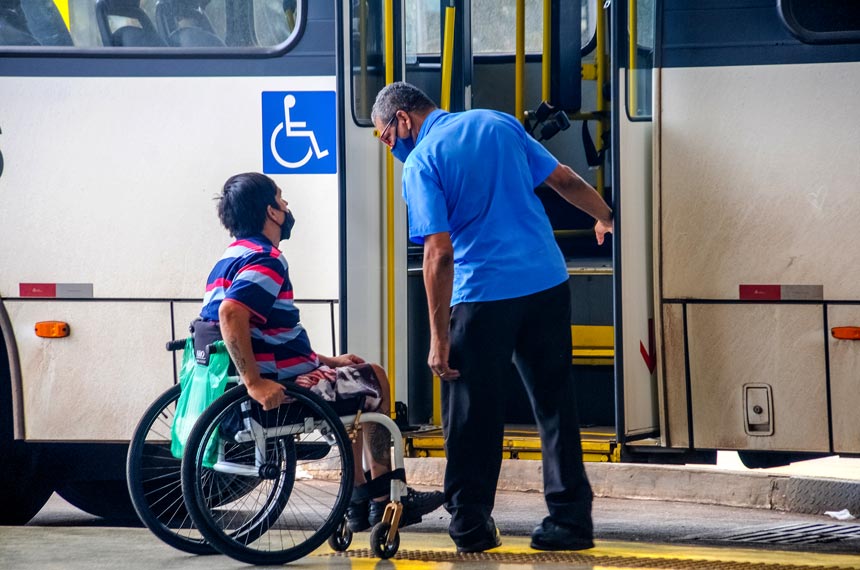
Improve the accessibility and sustainability of public transportation in Brasília (implementation of adequate infrastructure for people with reduced mobility, promotion of the use of electric or low carbon emission vehicles, and awareness about the benefits of public transportation and its importance for environmental sustainability).
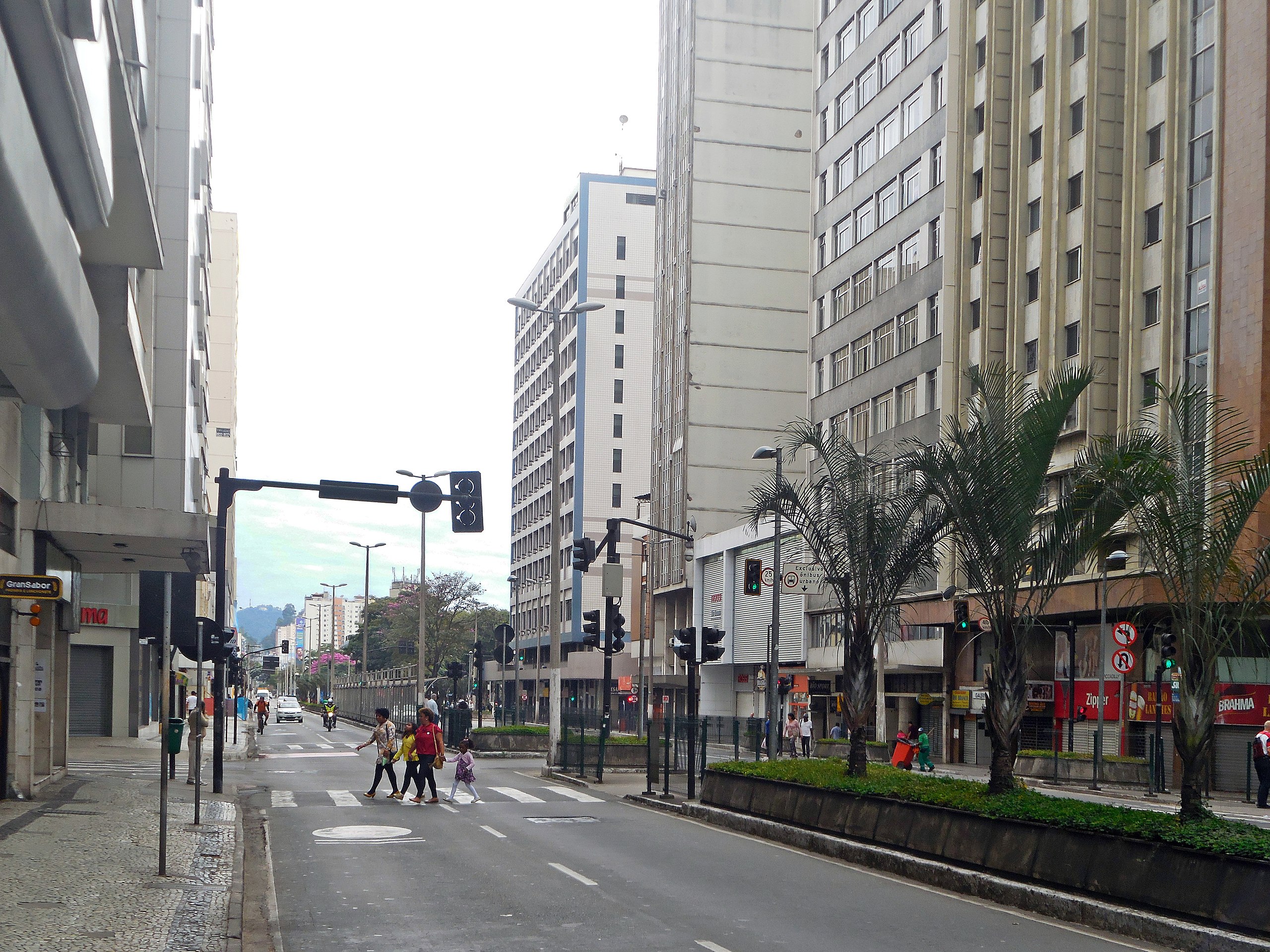
Public space and street physical access to vulnerable groups (children, pregnant women, older adults, peoplewith dissabilities, adults at risk, other)
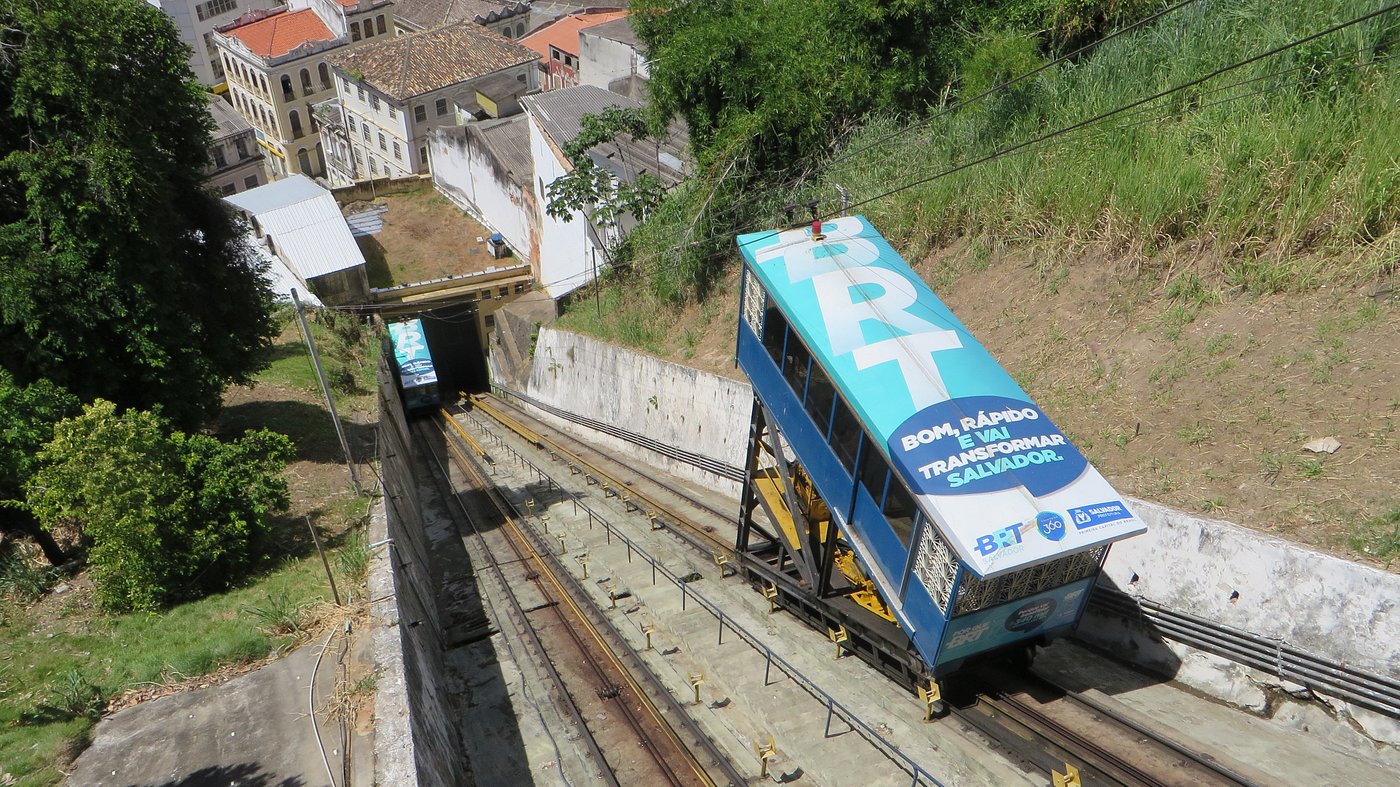
Social inclusion, improvement of quality of life, growth of income by acessing more jobs and connecting marginalized areas with formal city.
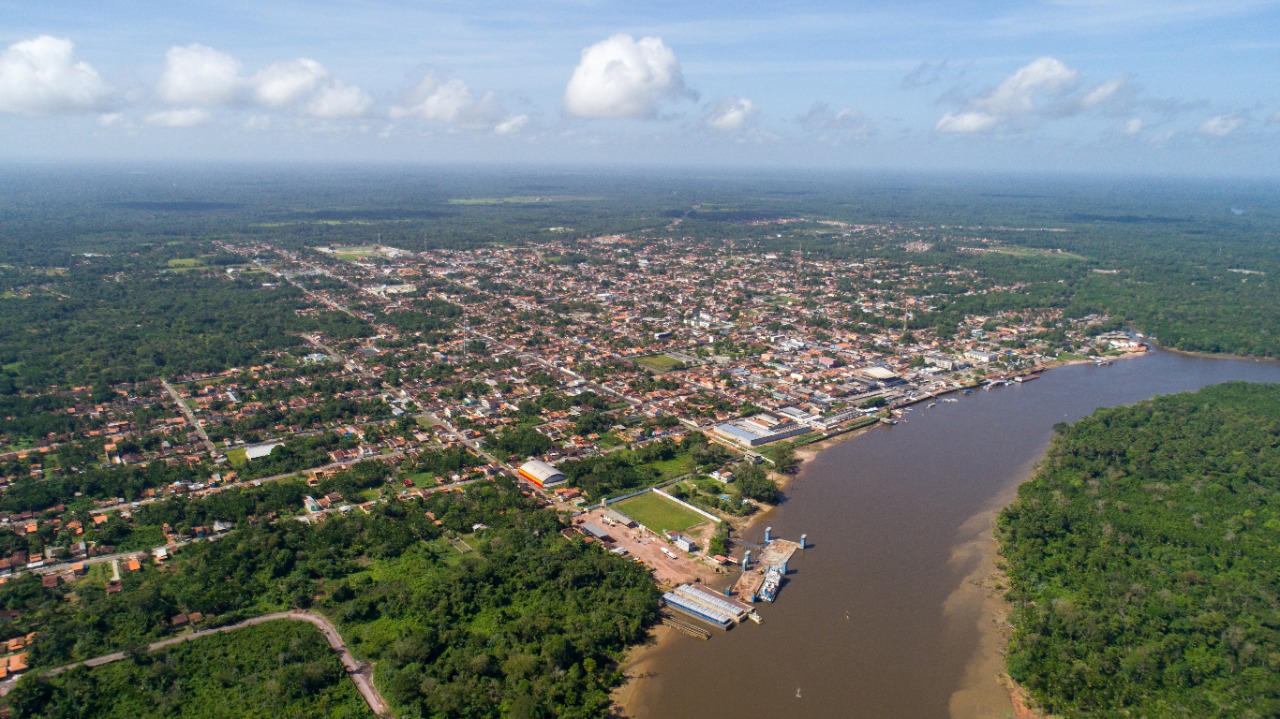
Impacts from climate change (flooding, heat stress, air and water quality, other)
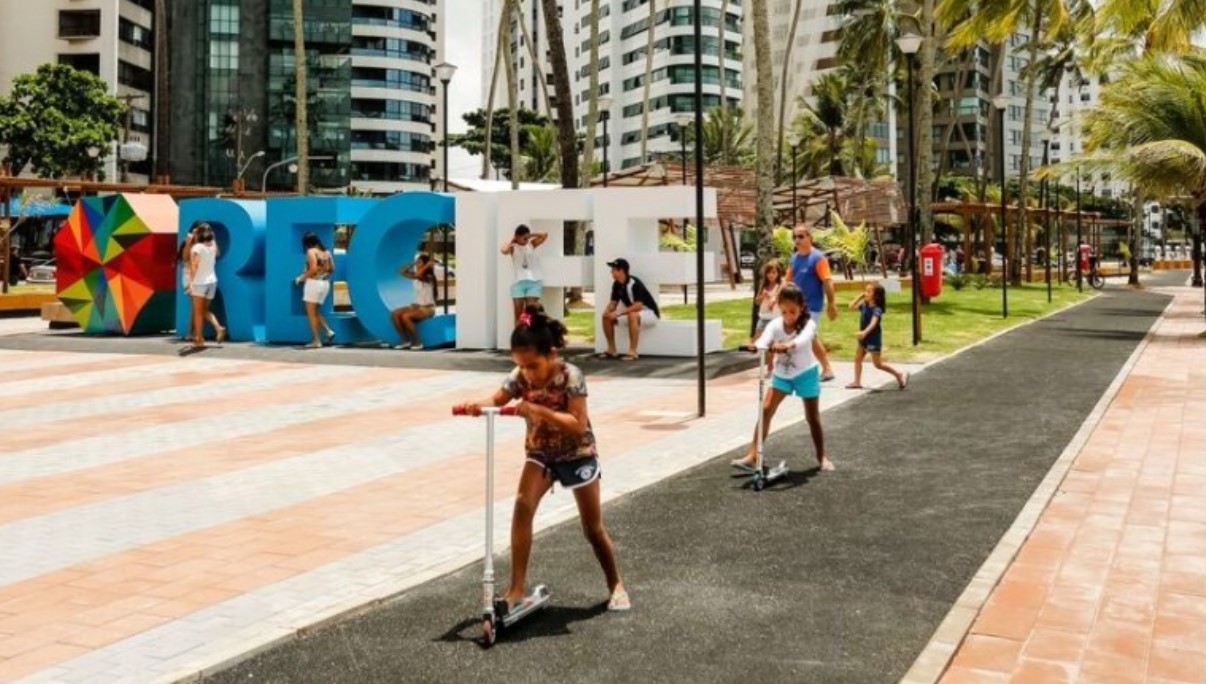
Multidisciplinary Urban Intervention, addressing all project tracks
We battle climate change impacts on urban ecosystems and health across different European climate zones.
Co-funded by the European Union.
We support city makers in implementing sustainable development goals with evidence.